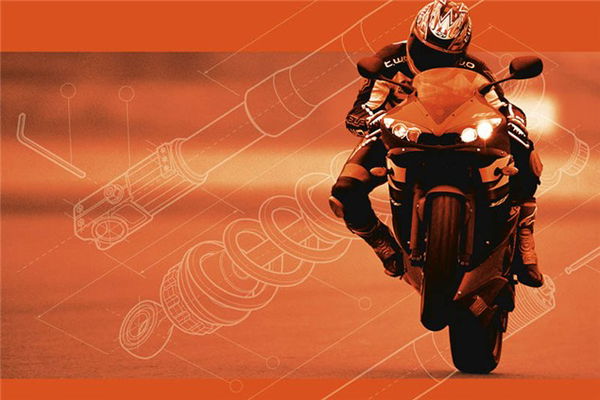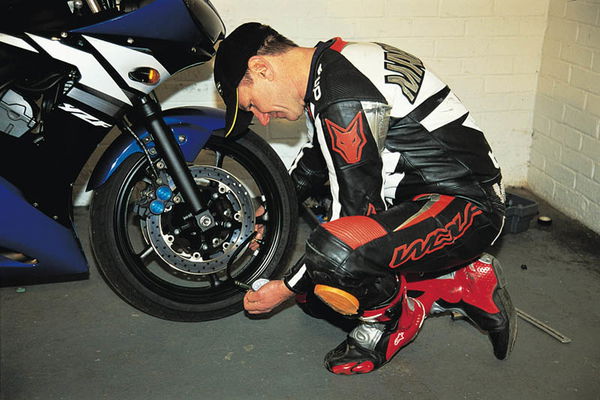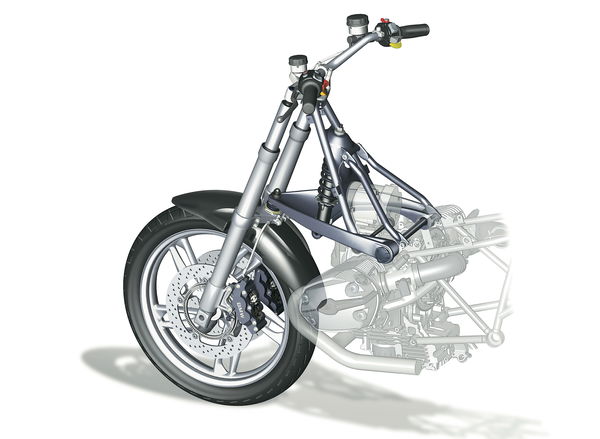Guide to Fork Adjustments
Learn all you need to know about those vital springs and coils that ensure you have a smooth ride


Preload
Fork preload adjusters live at the top of the fork legs and generally require a 14 or 17mm spanner. Adjustment is by turns, and measured by rings marked on the exposed part of the adjuster. The more preload you wind in, the fewer rings are left showing. There will be one preload adjuster on each leg and they need to be adjusted together and kept the same as each other.
What is... Preload?
An amount of tension set in a spring before a load (rider/braking force) is applied. With no preload your bike would sag massively under the weight of the bike alone, with too much the springs would barely move. Preload is the most basic adjustment, and can be altered on most bikes. Use preload adjustment to set your static sag - the critical base setting for all set-up (more on this here).
Rebound Damping
Front rebound adjusters will be on the tips of your fork legs - they're the small flat-headed screw nipples that poke out of the top of the preload adjusters. There will be one on each leg and as with preload, adjust them equally and in tandem. Adjustment will be measured by turns (count each half turn as you wind the adjusters in or out), or by clicks (the adjusters will click very obviously as you turn them).
What is... Rebound damping?
This controls the speed your springs 'rebound' or bounce back after being compressed and is the most important damping setting. Without it your bike would bounce you out of the saddle over tiny bumps and would be unrideable. Too much rebound however and your springs won't fully recover between compressions resulting in loads of squat and hideous handling. It's a fine line to tread.
Compression Damping
Adjusted via a small screw adjuster (similar to the rebound ones in the fork tops) in the base of each fork leg. If your compression adjusters aren't obvious, get down and have a peek at the base of the fork leg - they can be tucked in there. Can't find 'em? Then you haven't got any. Sorry. Like rebound adjusters they turn in clicks, or you'll have to count the half turns as you twiddle and they need adjusting together.
What is... compression damping?
This controls the speed springs compress under load- braking, accelerating or hitting bumps. Too much and the bike becomes harsh, too little and it'll see-saw like a, umm, like a see-saw.
How do suspension adjusters work?
We could dedicate a whole website to this, so here's the basic version instead...
Preload adjusters pre-tension fork or shock springs before any other weight (eg: a rider) is added. More preload means a more compressed, harder spring, less means a softer, more extended spring.
Damping is provided by means of oil passing through clever holes (called 'jets') inside the fork or shock units as they extend and compress. By reducing the damping you open these holes up so the oil flows more freely through them and the spring action becomes less restrained, increasing the damping you close the holes up so the spring action becomes slower. And there you have it.











